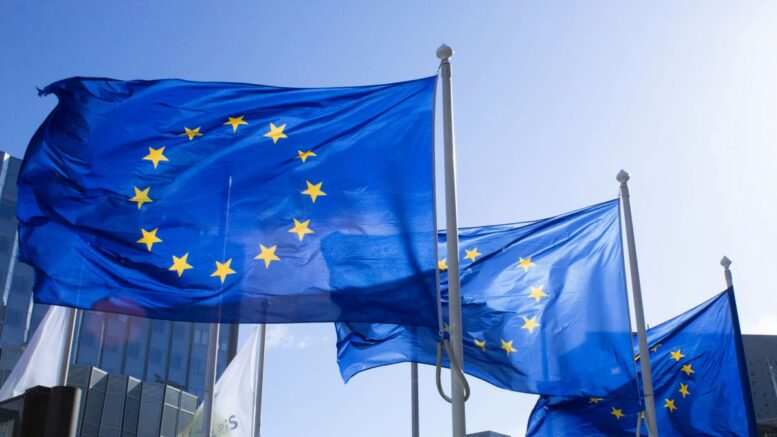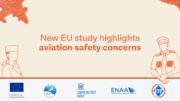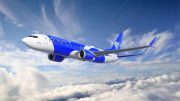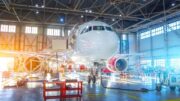The European Union Aviation Safety Agency (EASA) says that the industry is on track to achieve its target of 6% sustainable aviation fuel (SAF) by 2030.
The ReFuelEU Aviation Annual Technical Report found that 0.6% of Europe’s supplied aviation fuel for 2024 was SAF. This percentage needs to increase rapidly, but nevertheless saved 714 kilotonnes of carbon emissions, the equivalent of around 10,000 flights between Madrid and Paris.
Overall, EASA believes the EU is on track to achieve its 6% blending target in the next five years. Whether the bloc hits its interim target of 2% SAF in 2025 will be assessed at the close of this calendar year.
China is Europe’s biggest supplier of biofuel
EASA’s findings also highlight the ongoing cost obstacles to SAF adoption. Currently, the average price of SAF sits at €2,085/tonne, compared to €734/tonne for conventional jet fuel. Until the cost becomes more competitive, it is difficult to see how SAF use can scale successfully. Earlier this year, Airlines for Europe (A4E) criticised the EU for imposing SAF mandates without taking action to create a viable SAF market. Nevertheless, EASA’s report affirms progress on the 6% target.
Europe’s biggest producer of SAF is currently Finland, responsible for 10% of supply. However, 69% of feedstock originates outside of the EU, with China the biggest supplier.
Maria Rueda, EASA’s safety management, sustainability and global outreach director, said:
This first annual technical report marks an important milestone and makes clear that the EU has taken important first steps.
A functioning reporting system is now in place, initial reporting compliance levels are solid, and SAF delivery is happening across multiple member states. This report sets an important benchmark for our sustainability efforts in the future.
Source: EASA









Be the first to comment on "EASA says European aviation on track to meet 2030 SAF target"